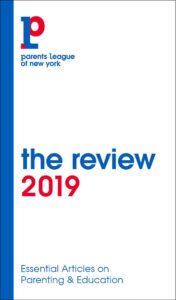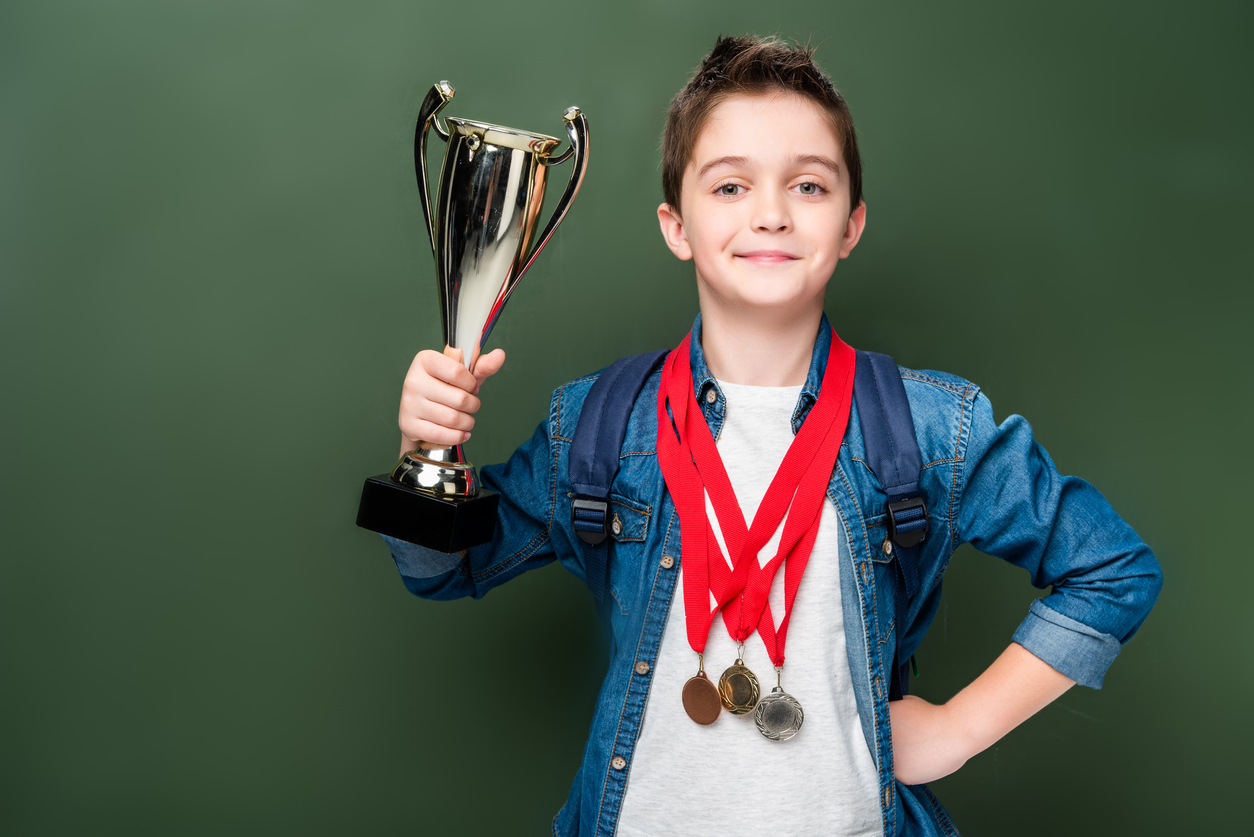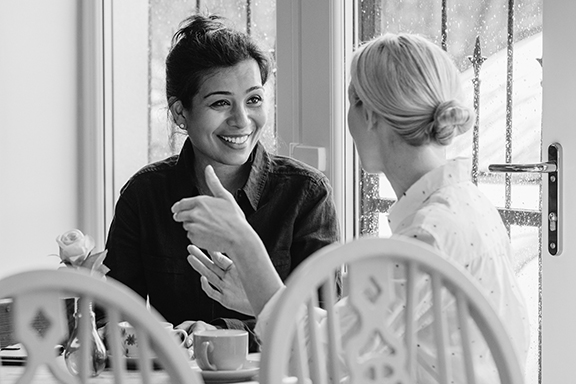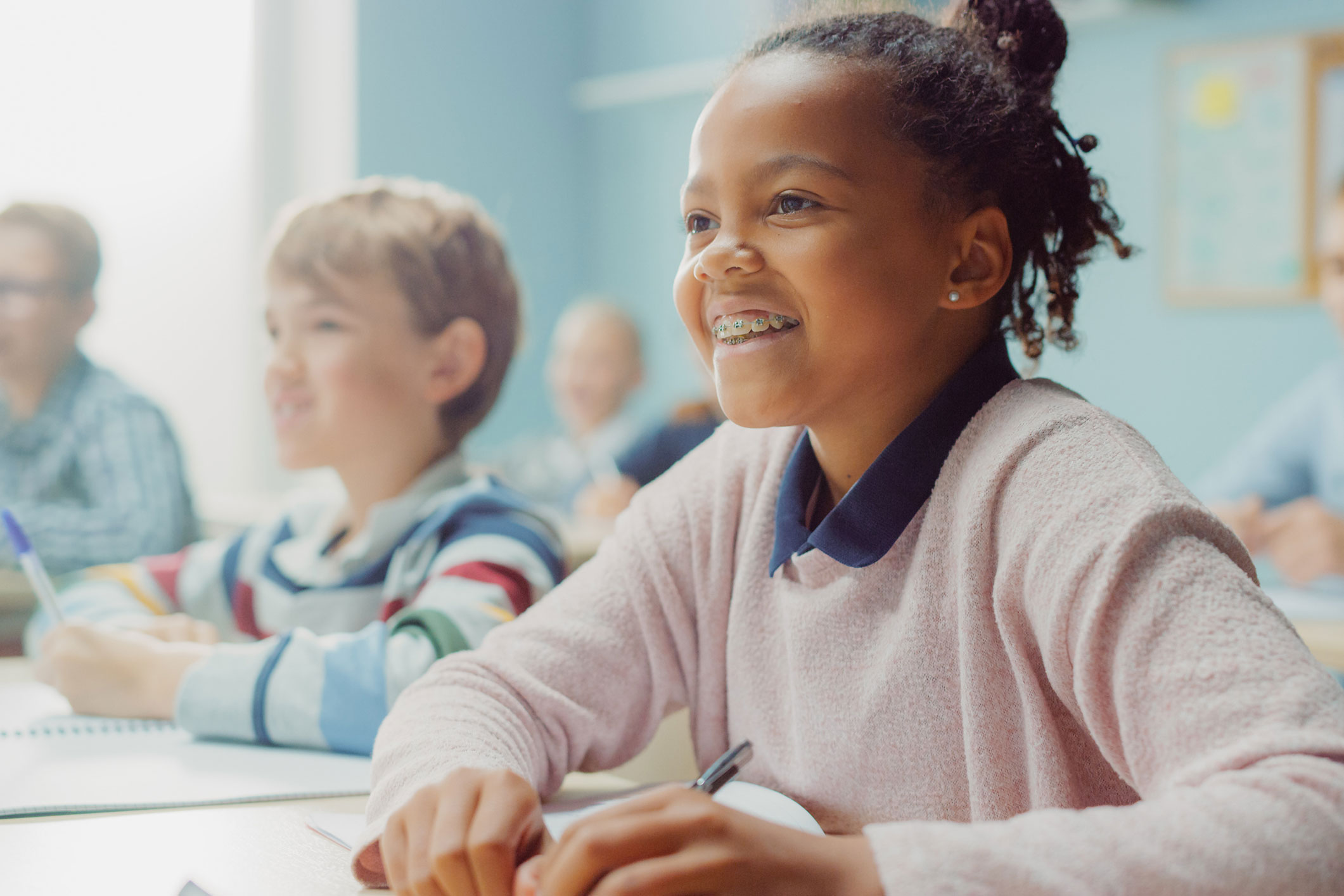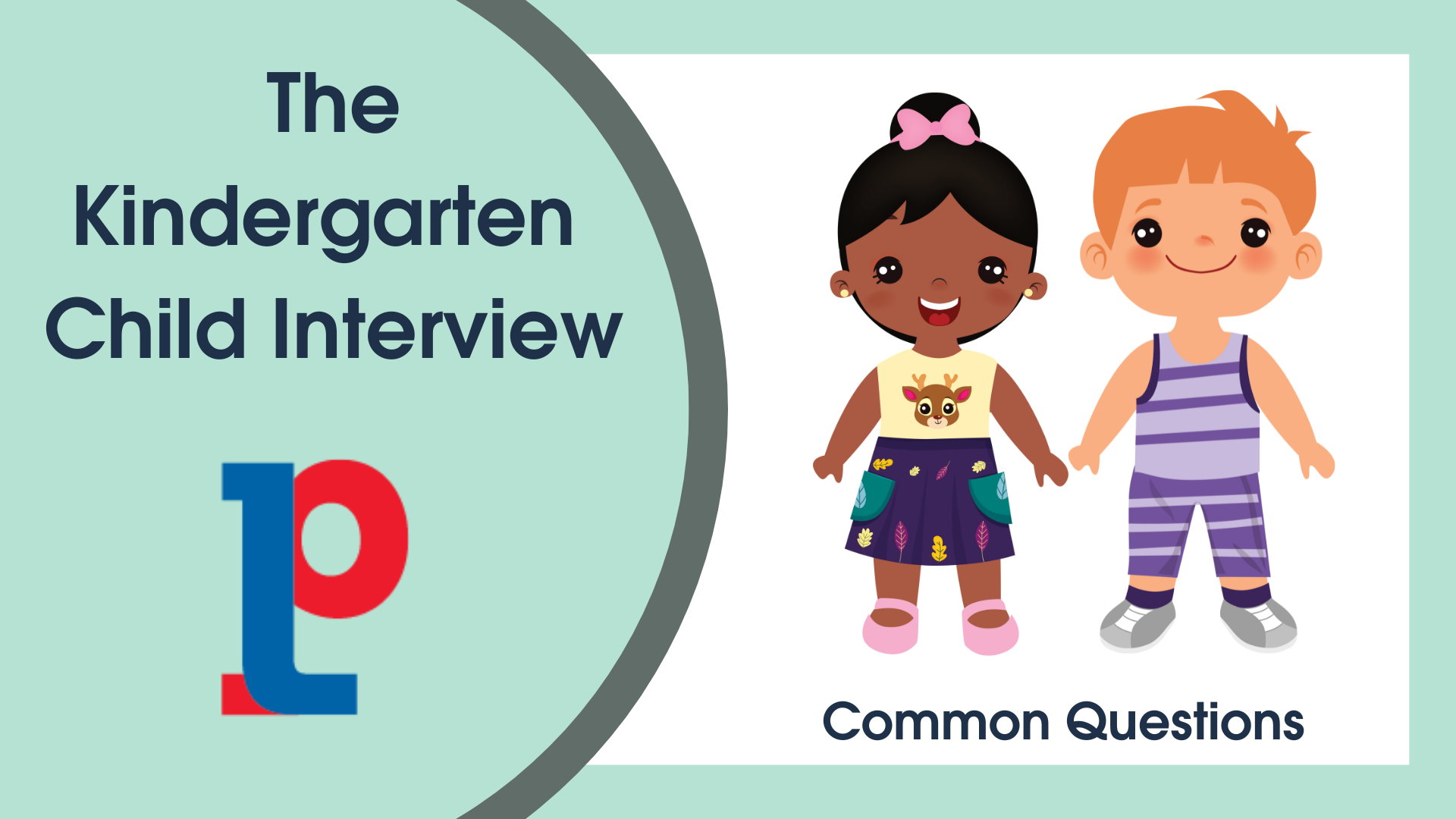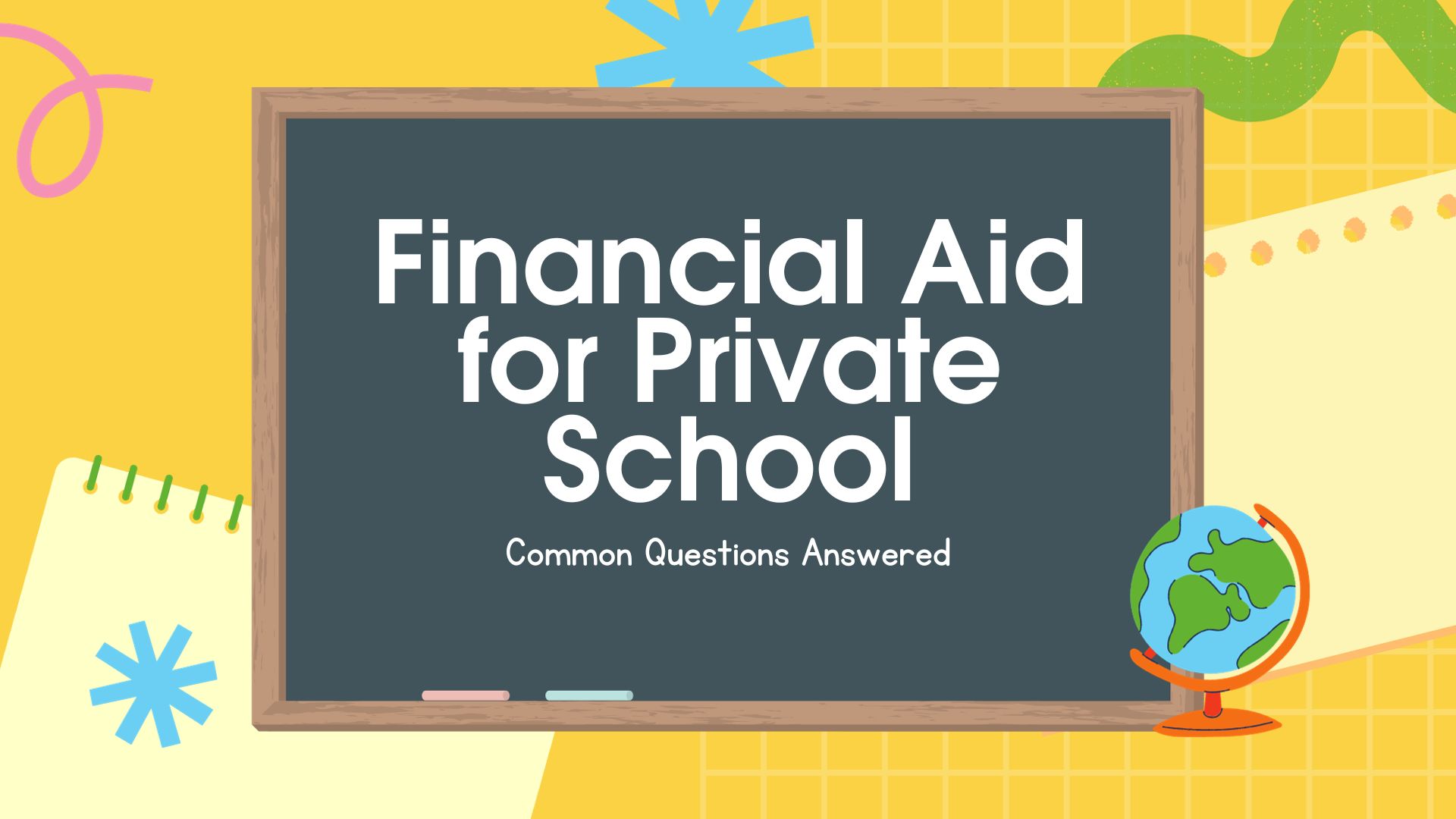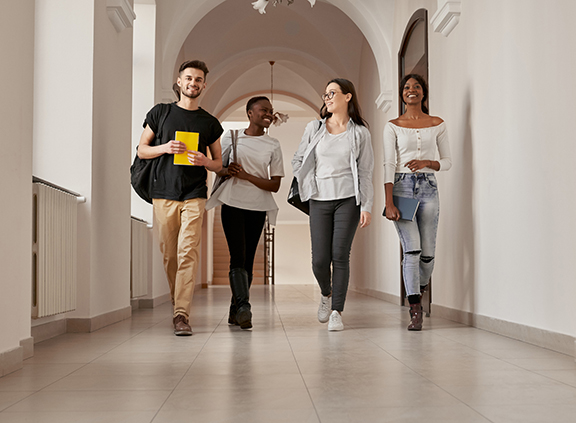Montessori and Mindfulness
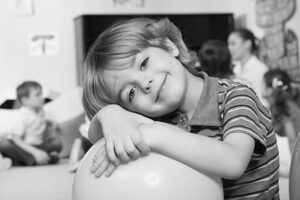
In education, focusing on academics is obvious and important. With this in mind over a century ago, Maria Montessori wrote about the need for a child to be ready to learn, and Montessori teachers continue to look at the factors that will support that readiness. Critical to a Montessori education are a prepared environment in which children can navigate with independence and autonomy, and a safe and supportive community in which to learn, both within the classroom and in the larger community of the school.
Dr. Maria Montessori believed that guiding children in their spiritual development was as important as guiding them intellectually. Peace education has therefore always been an essential component of a Montessori education. It is woven into the fabric of the entire curriculum through personal integrity and responsibility, cooperation and teamwork, caring communication, awareness of and appreciation for diverse individuals and cultures, and gratitude for the contributions of others. Peace corners, where children can go to find books and activities that help them reflect and regroup, are a frequent component of Montessori classrooms.
Montessori’s writings and practices were prescient. Recent research and academic writing have focused on this mind-body connection and the impact it can have on children’s brains and their ability to absorb new learning. Teaching mindfulness is a specific approach coming out of this research that integrates well with Montessori’s teachings of over a century ago.
Stress, Anxiety and the Elementary-Age Child
In my work as the Head of School, I have noticed anecdotally that the incidence of elementary-age children who are diagnosed with an anxiety disorder has grown over the past decades. According to Tamar Chansky, author of Freeing Your Child From Anxiety, the number of these diagnoses has grown from 13 to 20 percent over the last decade alone. There are many cultural reasons that have been posited for why this is changing, including children absorbing economic stresses that their parents are experiencing, increased competition for school placements, and lack of down time for all family members. There is less and less time for children to invent their own activities or simply to reflect.
As we adults can imagine based upon our own experience, anxiety can make it difficult for children to sleep and eat properly and can affect their ability to concentrate in school or interact constructively with peers and teachers. Stress also blocks access to those parts of the brain that control executive function, affecting one’s ability to pay attention or manage time.
Stress, and the anxiety that may accompany it, are unavoidable parts of life. Whenever there is a need to adapt or change one’s approach, stress can occur. In addition to giving children awareness of their ability to choose responses to situations they encounter and equipping them with appropriate peaceful language to use in these interactions, it is essential to help children recognize moments when they are feeling stressed, work to understand the source of that stress, and develop and practice positive internal responses so that they can overcome the accompanying anxiety. Learning to handle anxiety is a life skill, one that can be taught through mindfulness education.
Mindfulness in the Classroom
Mindfulness is the ability to focus on an experience in the present moment, without being carried away by it. In the classroom, children are shown how to build emotional intelligence by identifying their emotions and learning that they can choose their reaction. Students are taught to pay attention to the present moment without judgment. They are taught to slow down, notice what they are feeling, name their emotion, create space from that emotion, and from that space choose an appropriate response. Without mindfulness, when humans experience a stimulus, we react to it without thought. With mindfulness, we can learn to reflect on the stimulus before we choose our reaction to it.
As an example of how mindfulness education can be implemented, our teachers have recently participated in mindfulness workshops and implemented aspects of a movement and mindfulness curriculum called Move with Me Yoga Adventures into the curriculum across all levels (Toddler through 6th grade). This curriculum teaches self-care and regulation techniques that nurture emotional stability and promote learning readiness, in addition to our ongoing practice of peace education.
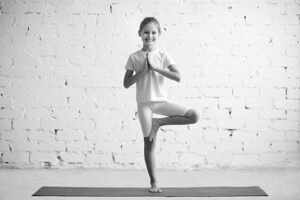
The first step in teaching mindfulness is for teachers to practice and model self-care techniques directly in the classroom. Some of these techniques include taking moments to stop and breathe, modeling emotional intelligence and even drinking water more often. Casually verbalizing these techniques is also helpful. A teacher can say, “I need to drink some water now,” or practice taking some silent moments to consider before answering a child’s question. When students see teachers regulating their own mind and body and practicing self-care, they are more likely to try these techniques and do so with greater ease. Modeling by teachers is also an important tenet of Montessori education.
The second step in teaching mindfulness has been to create a common language. Students learn to identify stressors that may be preventing them from learning at their optimal state. These stressors may include dehydration, tiredness, lack of exercise, anger, sadness, etc. In response to stressors, teachers show children breathing skills and calming activities, as well as mind and body energizers. The repetition of identifying the issue and practicing one of these mindfulness skills builds neural pathways in a child’s brain. These pathways help turn these newly learned skills into new habits. When students are able to understand conditions which may prevent them from learning, they can turn to a mindfulness activity that will get their brains and bodies on a more constructive track, and then return to their work with fresh eyes and clear minds.
How Children Respond
The expressions of our students on the benefits of this practice reflect the differences in approach based on their ages. A Kindergartner shares, “If you’re sad, your love light is dim. If you’re happy your love light shines. If you’re sad it shines just a little. To make it shine brighter you can breathe and do this (standing up and showing eagle arms).”
By contrast, a Lower Elementary student shares, “I was feeling stressed and frustrated, like my brain wouldn’t think anymore as I worked through a math assignment. So first I tried a mindful technique called Infinity 8, which calmed me down a little bit, but I was still frustrated. So I went to the Peace Square and did a mindfulness movement. After that I felt relaxed and calm. All the stress was gone and it was easier for me to accomplish my math.”
And, in Upper Elementary, a student says, “After we do a mindful activity like stretch or relax, I feel calmer and have more energy to do my school work.”
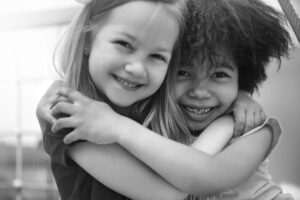
Reinforcement at Home
Stress is a fact of life in today’s world. Practice at dealing with it effectively is important at home as well as at school. If parents create some space in their own busy schedules for themselves and their children and also make room for family time that has no agenda, both parents and children can enjoy unstructured and less stressful time together.
In addition, here are some specific suggestions for helping your child deal with some of the stresses of everyday life:
- Ask questions to help children think through issues with friends or school and give them time to consider and discuss alternative reactions and their possible consequences. This can alleviate parental anxiety in trying to manage children’s relationships, and it can help children develop skills that will help them take conflict situations in stride.
- Allow children to deal with the natural consequences of forgetting a lunch or a homework assignment. They will be more likely to develop strategies to remember what they need to bring to school each day, and will learn to advocate for themselves at school. It can also alleviate stress on parents, who might otherwise try to protect their children from difficulty.
- Share situations in which you grappled with something difficult and chose a positive reaction. By doing this, you demonstrate to your child by example that this is the work of a lifetime.
Finally, practicing mindfulness is another way for children to synthesize the important 21st century skills of critical thinking, problem solving, reasoning, analysis, interpretation, synthesizing information. As they consider their own feelings and alternative reactions and choose a response, they are internalizing these skills. Mindfulness education is an essential element of preparing children to live in the world.
Brenda Mizel is the Head of School at Metropolitan Montessori School, a preschool through 6th grade school in Manhattan.
This article first appeared in the 2018 issue of the Parents League Review. Get the current issue of the Review free with a family membership. Or purchase it separately.
